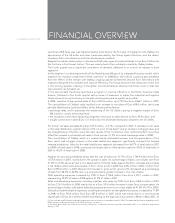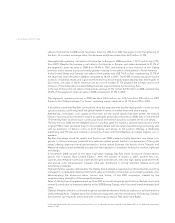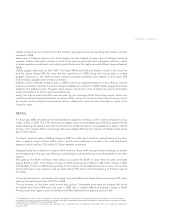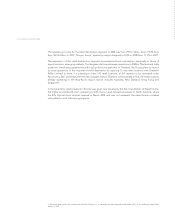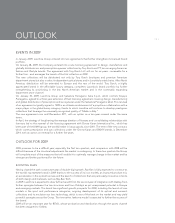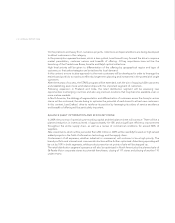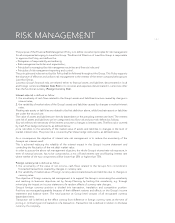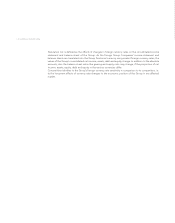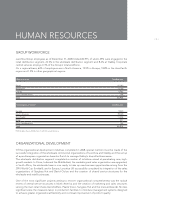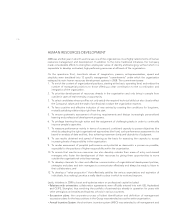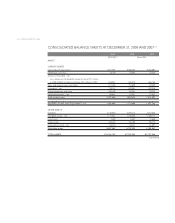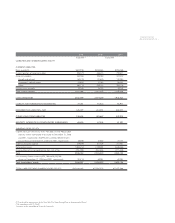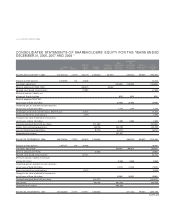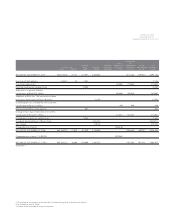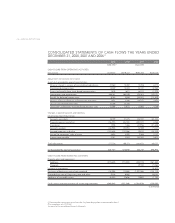LensCrafters 2008 Annual Report Download - page 48
Download and view the complete annual report
Please find page 48 of the 2008 LensCrafters annual report below. You can navigate through the pages in the report by either clicking on the pages listed below, or by using the keyword search tool below to find specific information within the annual report.
> 46
HUMAN RESOURCES DEVELOPMENT
2008 was another year in which Luxottica was one of the organizations most highly rated in terms of human
resources management and development. In addition to the more traditional initiatives, the Company
made considerable efforts to strengthen employees’ sense of identity and belonging, without which it is
impossible to develop motivated, high-performing resources at all levels of the organization.
On the operations front, Luxottica’s values of imagination, passion, entrepreneurialism, speed and
simplicity were translated into 12 specific management “commitments” under which the organization
reshaped its main human resources development systems in 2008. The commitments were:
1. To enrich the content of organizational positions, starting at the basic operating level, and reduce the
number of managerial positions to those offering a clear contribution to the co-ordination and
integration of the organization.
2. To prioritize development of resources already in the organization and only bring in people from
outside in cases of real necessity or opportunity.
3. To select candidates whose profiles not only satisfy the required technical skills but also closely reflect
the Company’s values and the style of professional conduct the organization expects.
4. To favor positive and effective induction of new entries by creating the conditions for long-term,
mutually satisfying relationships right from the start.
5. To ensure systematic assessment of training requirements and design increasingly personalized
learning and professional development programs.
6. To privilege learning through action and the assignment of challenging tasks in order to continually
improve people’s capacities.
7. To measure performance mainly in terms of a person’s combined capacity to pursue objectives (the
what
) by adopting the right organizational approaches (the
how
); such performance assessment to be
based on analysis of data and fact, thus achieving maximum clarity and objectivity of judgment.
8. To use results obtained and speed of learning as the basis for assessing the capacity to accept
increasing levels of responsibility in the organization.
9. To render assessment of people’s performance and potential as democratic a process as possible,
especially for the positions of higher responsibility within the organization.
10. To ensure that meritorious resources can also develop outside their areas of entry and reward
managers who foster the development of their resources by giving them opportunities to move
outside the organizational units they manage.
11. To develop channels for clear and effective communication of organizational development policies,
strategies and plans and train managers to communicate effectively and always be ready to listen to
their collaborators; and
12. To develop a “value proposition” that effectively satisfies the various expectations and aspiration of
individuals, thus making Luxottica a really ideal to place in which to work and improve.
Lastly, initiatives in 2008 to boost and optimize return on professional capital included:
•Relations with universities: collaboration agreements were officially entered into with ISB, Hyderabad
and CEIPS, Shanghai, thus enriching the portfolio of partnerships already in operation for years with
other prestigious universities and business schools in various countries.
•Succession plans: the corporate process of talent identification and definition of management
succession plans for the key positions in the Group was extended across the entire organization.
•Annual Incentive System: the short-term incentive system (MBO) was extended to all management and


